There are some 400,000 to 550,000 kilometres of resource roads in BC, used for forestry, oil and gas, mining and commercial and public recreation. Roads, and the access they create, are one of the major land use impacts in BC, yet access management is not as effective and coordinated as it should be. This report identifies access challenges that need to be resolved to achieve a more effective system of roads, and to reduce conflicts between stakeholders, the public and the environment. There is an opportunity to improve the access management system, provide economic savings and reduce environmental impacts.
This bulletin is the sixth in a series of Forest Practices Board bulletins describing new aspects of forest legislation, practices and trends, and their implications for forest stewardship. These bulletins are intended to foster discussion and to improve understanding of forest practices. This bulletin provides the general reader with an introduction to the Forest and Range Practices Act (FRPA) in a user-friendly format.
This bulletin is the fifth in a series of Forest Practices Board bulletins describing new aspects of forest legislation, practices and trends, and their implications for forest stewardship. These bulletins are intended to foster discussion and to improve understanding of forest practices. This bulletin addresses the transition from the Forest Practices Code (the Code) to the new Forest and Range Practices Act (FRPA) and the Forest Practices Board’s role under FRPA.
This bulletin is the fourth in a series of Forest Practices Board bulletins describing new aspects of forest legislation, practices and trends, and their implications for forest stewardship. These bulletins are intended to foster discussion and to improve understanding of forest practices. This bulletin summarizes key findings from the 2003 Board audit season. It identifies some of the major issues the Board will be examining in the 2004 audit season, which will be the first audits conducted under the new Forest and Range Practices Act.
